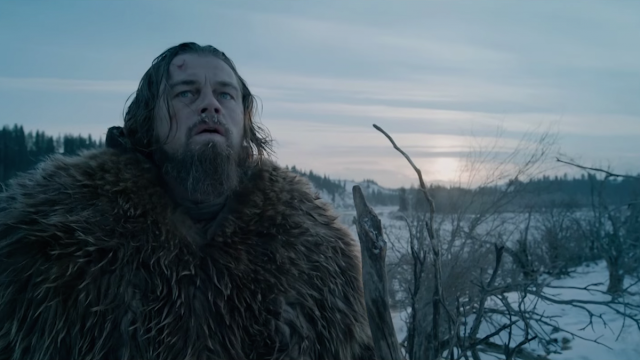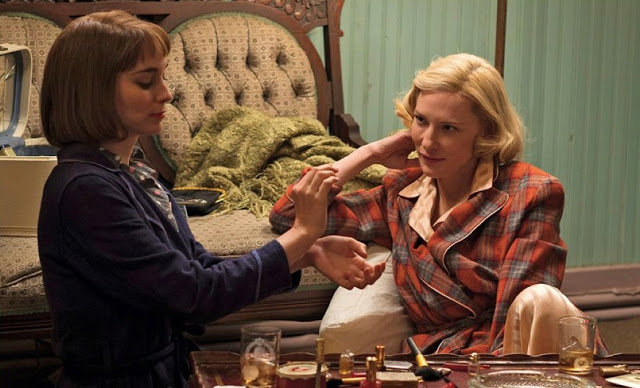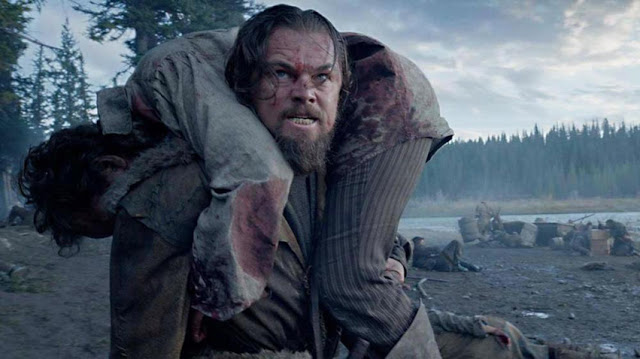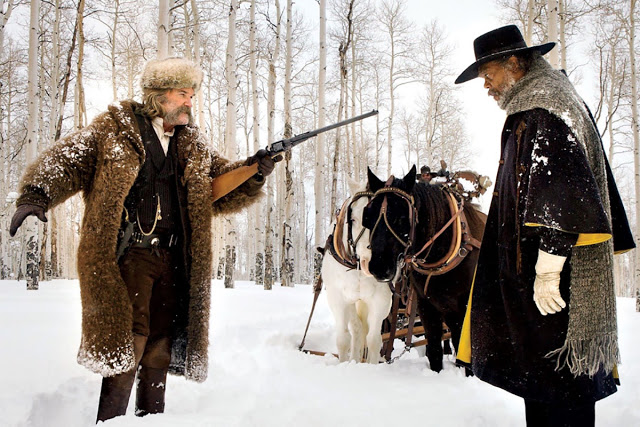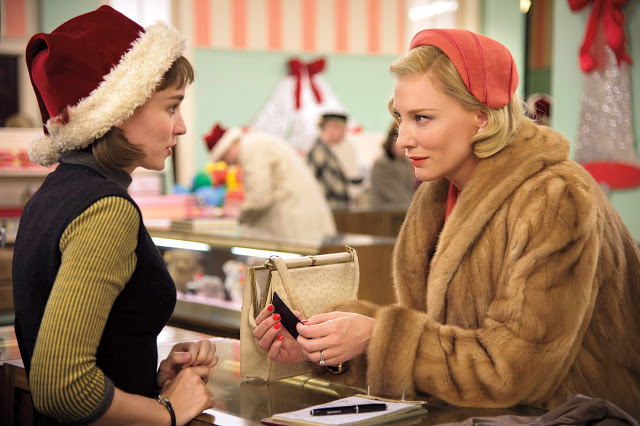
Carol is the new film from Todd Haynes, though perhaps I should have preceded that factual nugget with a spoiler alert. Over the past two decades, in features such as Safe and Far from Heaven (both starring Julianne Moore) and in the HBO miniseries Mildred Pierce (with Kate Winslet), Haynes has established himself as America’s preeminent chronicler of the tragedy of feminine domesticity. He makes movies about putatively happy women who are nevertheless battered by normative prejudice and suffocated by societal constriction; his heroines, visibly content to onlookers, are secretly trapped by a lack of mobility and an absence of true freedom. Given this, you may anticipate—perhaps “dread” is the better word—that bad things will happen to the women in Carol. But while the characters here do endure their share of misfortune, what is stunning about this remarkable, enormously empathetic film is how life-affirming it is. A work of raw, pure emotion, Carol testifies to the power of human compassion, even as it also unflinchingly depicts human ugliness. It breaks your heart, and then, in startling fashion, it puts it back together again.
Based on a Patricia Highsmith novel called The Price of Salt, the movie’s title is somewhat deceptive. Yes, one of the principals is named Carol, and it seems only logical to christen the film after her, given that she is played with luminescent magnetism by Cate Blanchett. Yet the movie belongs equally to Therese Belivet (an extraordinary Rooney Mara), a twentysomething woman with a pageboy haircut and wide, hazel-green eyes. When we first take stock of Therese (the year is 1952), her life seems perfectly satisfactory. She has a steady if thankless job at a Manhattan department store, she has secured the romantic attentions of a good-looking man (Jake Lacy, from The Office and Obvious Child), and she has a fairly healthy social calendar, sneaking viewings of movies with friends in a projectionist booth and occasionally grabbing beers with them at a local bar. She appears to be on the fast track to a life of security, comfort, and contentment. Read More

